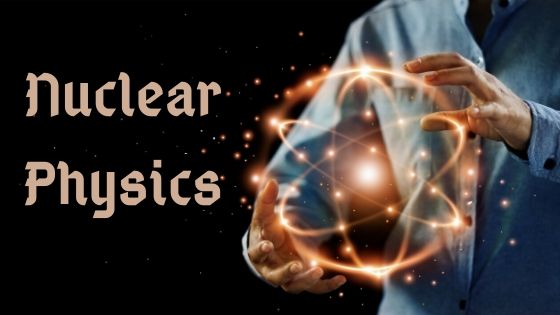Nuclear physics is a fascinating and complex field of study that explores the properties and behavior of atomic nuclei. At its core, nuclear physics seeks to answer fundamental questions about the nature of matter, energy, and the universe as a whole. From the discovery of radioactivity to the development of nuclear energy, this field has had a profound impact on our world. In this article, we will explore the world of nuclear physics, from its origins to its modern applications.
What is Nuclear Physics?
Nuclear physics is the branch of physics that deals with the behavior of atomic nuclei, the central part of an atom that contains protons and neutrons. The study of nuclear physics involves understanding the properties and interactions of these particles, as well as the forces that hold them together. It is a highly mathematical and theoretical field, with applications in areas such as energy production, medicine, and materials science.
Early Discoveries in Nuclear Physics
The study of nuclear physics began with the discovery of radioactivity in 1896 by Henri Becquerel. He found that certain substances emit particles that are not affected by external fields, such as magnetic fields. Further research by Marie and Pierre Curie led to the discovery of two new radioactive elements, radium and polonium. In 1911, Ernest Rutherford conducted the famous gold foil experiment, which demonstrated that the atom has a dense, positively charged nucleus.
The Structure of the Atomic Nucleus
The atomic nucleus is composed of protons and neutrons, which are held together by the strong nuclear force. This force is one of the four fundamental forces of nature, along with gravity, electromagnetism, and the weak nuclear force. Protons have a positive charge, while neutrons have no charge. The number of protons in the nucleus determines the atomic number and the chemical properties of the element.
Nuclear Reactions and Energy Production
Nuclear reactions involve the breaking apart or joining together of atomic nuclei. These reactions can release enormous amounts of energy, which is the basis for nuclear power plants. Nuclear energy is a highly efficient and clean source of energy, but it also poses risks such as nuclear accidents and the proliferation of nuclear weapons. Scientists continue to research ways to safely harness the power of nuclear energy.
Applications of Nuclear Physics
Nuclear physics has a wide range of applications in fields such as medicine, materials science, and national security. One common application is in medical imaging, such as X-rays and CT scans, which use radiation to produce images of the body. Nuclear medicine involves using radioactive substances to diagnose and treat diseases such as cancer.
Challenges and Controversies in Nuclear Physics
Despite its many applications, nuclear physics is also a field that has faced controversy and challenges. One of the biggest challenges is the issue of nuclear waste disposal, which involves finding safe and effective ways to dispose of radioactive materials. There are also concerns about the potential dangers of nuclear accidents and the proliferation of nuclear weapons. The field of nuclear physics continues to evolve and address these challenges.
Conclusion
Nuclear physics is a complex and fascinating field that has had a profound impact on our world. From the discovery of radioactivity to the development of nuclear energy, nuclear physics has changed the way we understand matter and energy. While there are challenges and controversies in the field, it continues to offer new insights and applications in areas such as medicine, materials science, and energy production.
